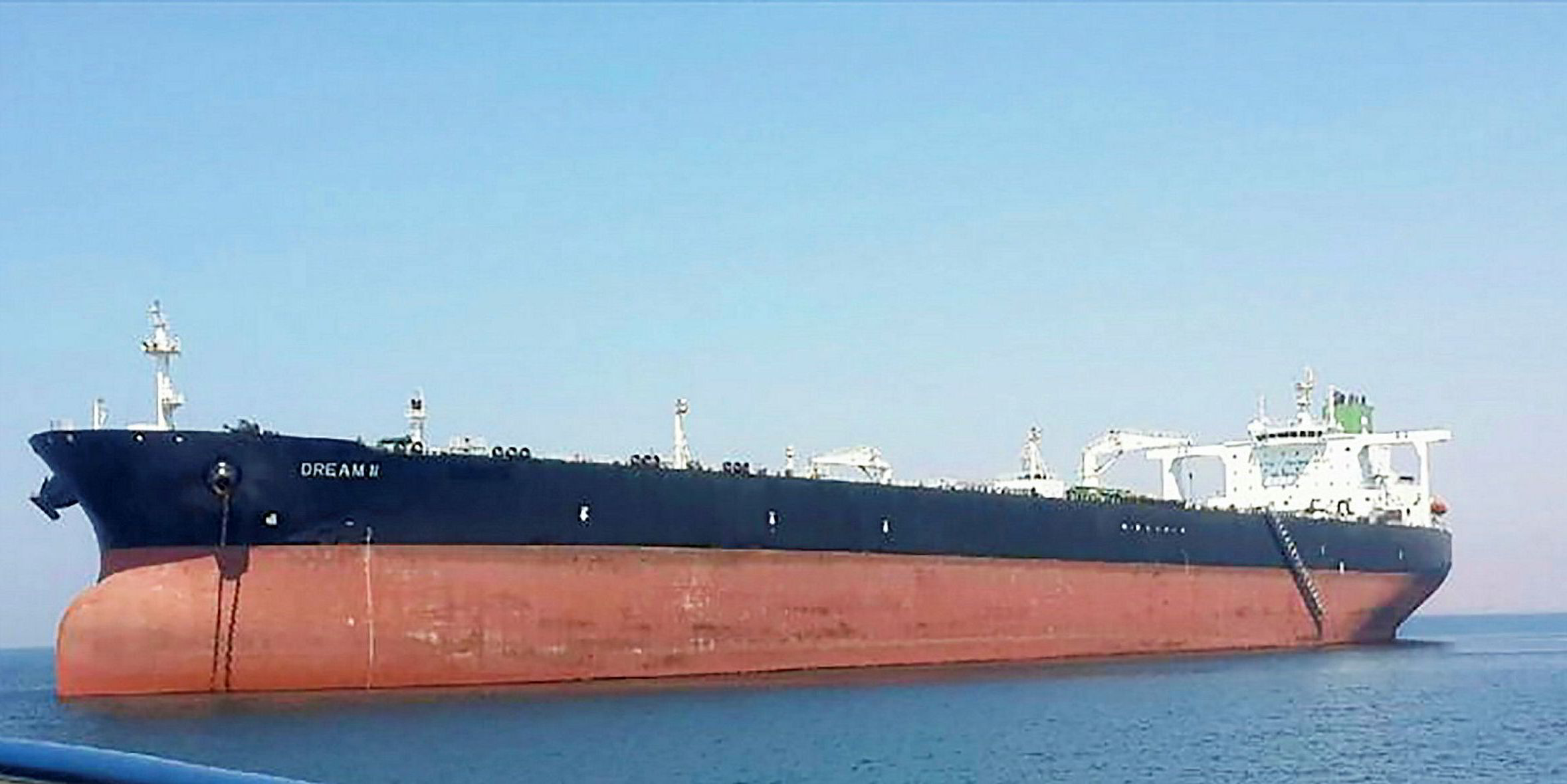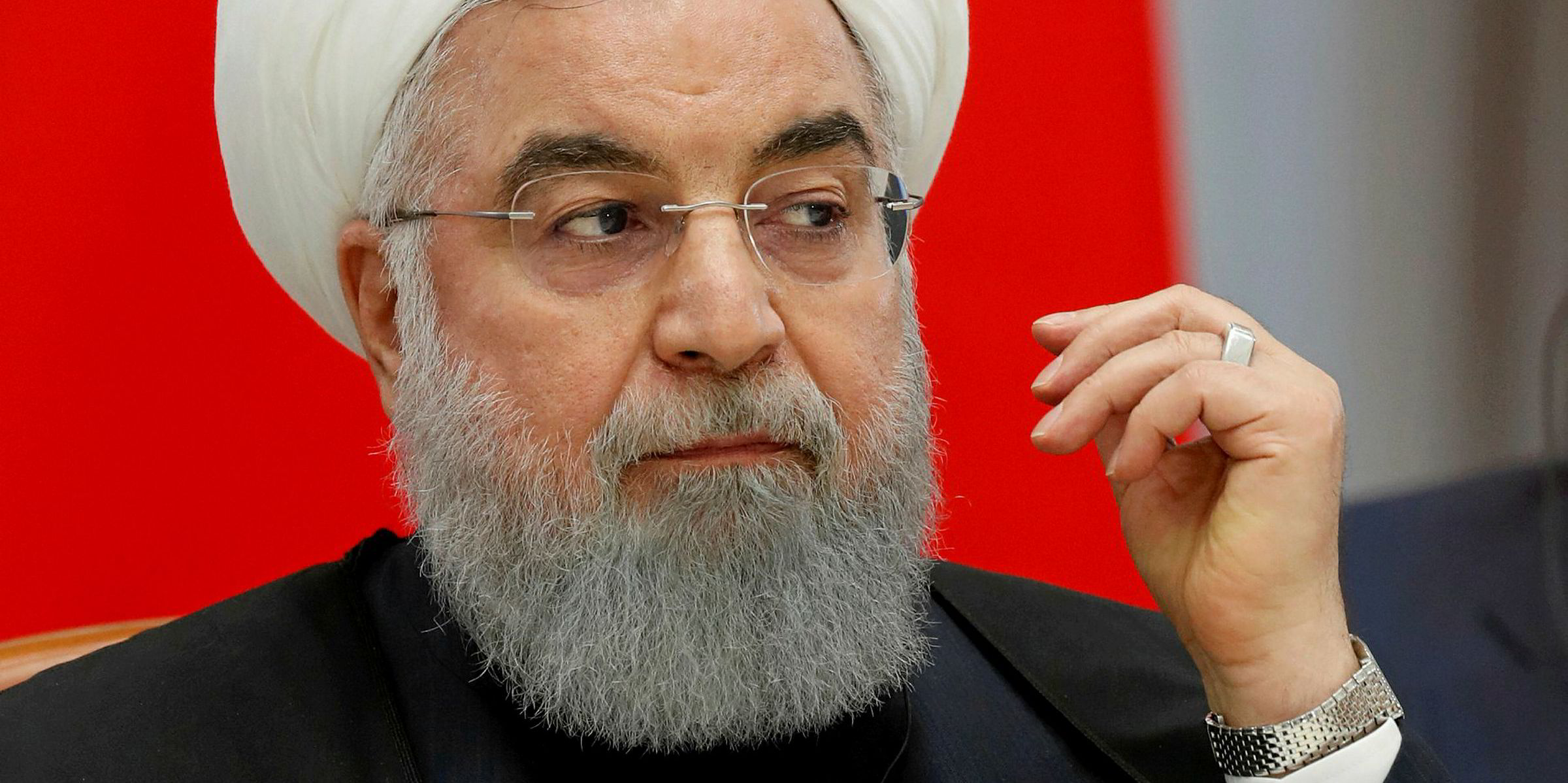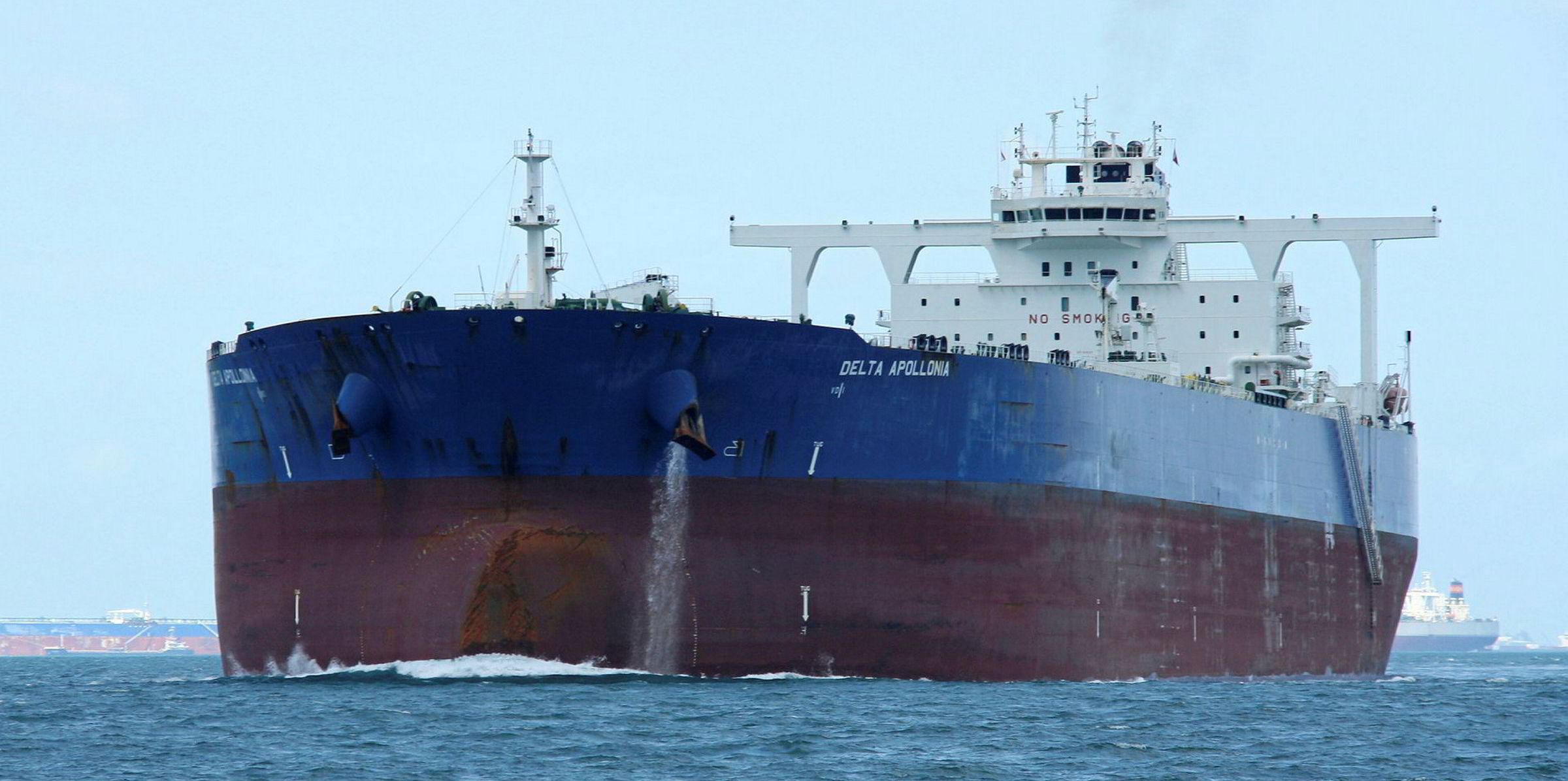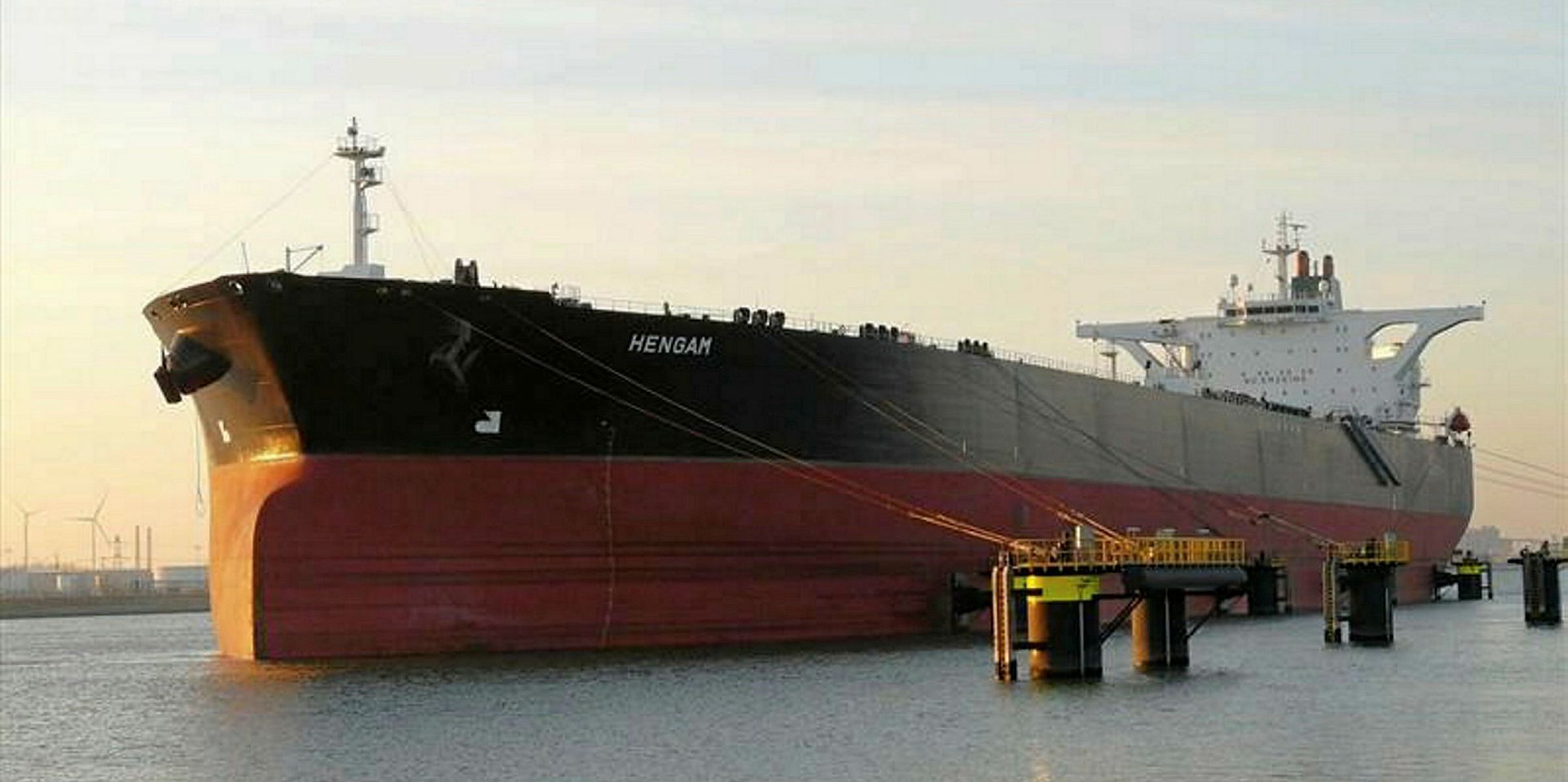The fleet operations of National Iranian Tanker Co (NITC) have once again come under the spotlight ahead of the expiry of US waivers for sanctions against Iran on 2 May, with floating storage and ship-to-ship (STS) transfers expected to increase.
NITC, listed by Clarksons as the world’s sixth-largest crude carrier by shipping capacity, had been shipping nearly all of Iran’s crude exports to the countries with waivers since US sanctions came into force last November.
To a large extent, this was because foreign energy firms and tonnage providers did not achieve satisfactory risk premiums when participating in the Iranian oil trade during the previous round of sanctions between 2012 and 2015, according to some market players.
Now, as the US aims to choke off the Islamic republic’s oil exports, industry focus has shifted to how the NITC fleet would be used to support compatriot energy firms.
Some are expecting a significant portion of NITC tankers to be used as floating storage, as previously more than a dozen of them were used to store Iranian crude before 2015.
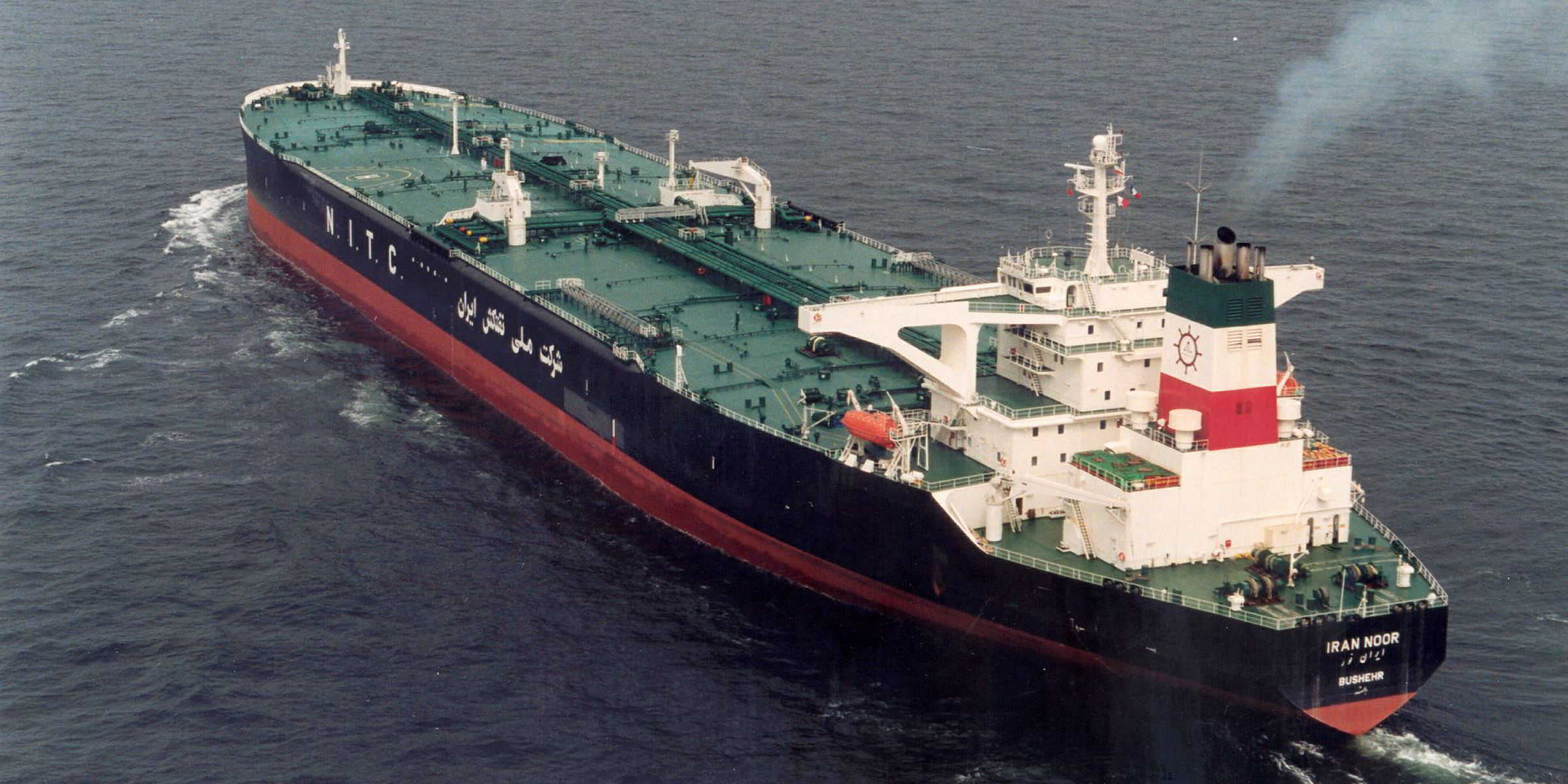
NITC has been freeing up some shipping capacity lately. According to analysis firm Kpler, eight VLCCs that had been stored with 13.4 million barrels of Iranian crude for months rushed to discharge their cargoes in China and South Korea in April before the two countries’ waivers expired.
The vessels can potentially return to floating storage.
“Crude inventories have been increasing and are expected to maintain this trend given the [Donald] Trump administration’s recent confirmation to end the sanctions waiver,” Kpler said.
As for export operations, Bloomberg data shows Iran’s crude exports amounted to 867,000 barrels per day (bpd) in April, much lower than the 1.4 million bpd in March.
Rystad Energy expects Iranian crude exports to fall to 600,000 bpd from May, including 500,000 bpd to China and the rest to Turkey.
The two countries, which also had waivers, have openly opposed the US sanctions.
“As the previous 2012-sanctions period showed, China managed to circumvent sanctions,” Rystad oil market research head Bjornar Tonhaugen said. “Turkey will struggle more, I believe, than China but, due to the reliance they have on sourcing crude from Iran, it is likely... that some buying might still occur.”
Redeployment talk
Some analysts speculate that NITC could deploy a few vessels to South East Asia and the Red Sea, where Iranian crude can respectively be supplied to China and Turkey via STS transfers, which can be carried out when AIS transponders are turned off.
Three of NITC’s VLCCs — namely the Humanity (built 2000), Amber and Dream II (both built 2008) — stopped transmitting AIS signals as of early May after arriving in South East Asia, Bloomberg data shows.
Aside from the VLCC Happiness I (built 2003), which reportedly suffered engine failure and loss of control off Saudi Arabia, NITC has three suezmaxes operating in the Red Sea. However, all of them are still transmitting AIS signals.
“I believe we’ll see a few days of little to zero exports and then, once the dust settles, we’ll probably see exports heading off to China again,” said Samir Madani, a co-founder at analysis firm TankerTrackers.
“China might use its imports of Iranian oil as leverage in trade talks with the US. [It] wouldn't surprise me if one million bpd ends up going to China.”
If China decides to completely ignore the US sanctions, the world’s largest oil importer can receive even more Iranian crude. Bloomberg Intelligence estimates NITC’s 38 VLCCs alone can transport two million bpd of Iranian crude to China.
